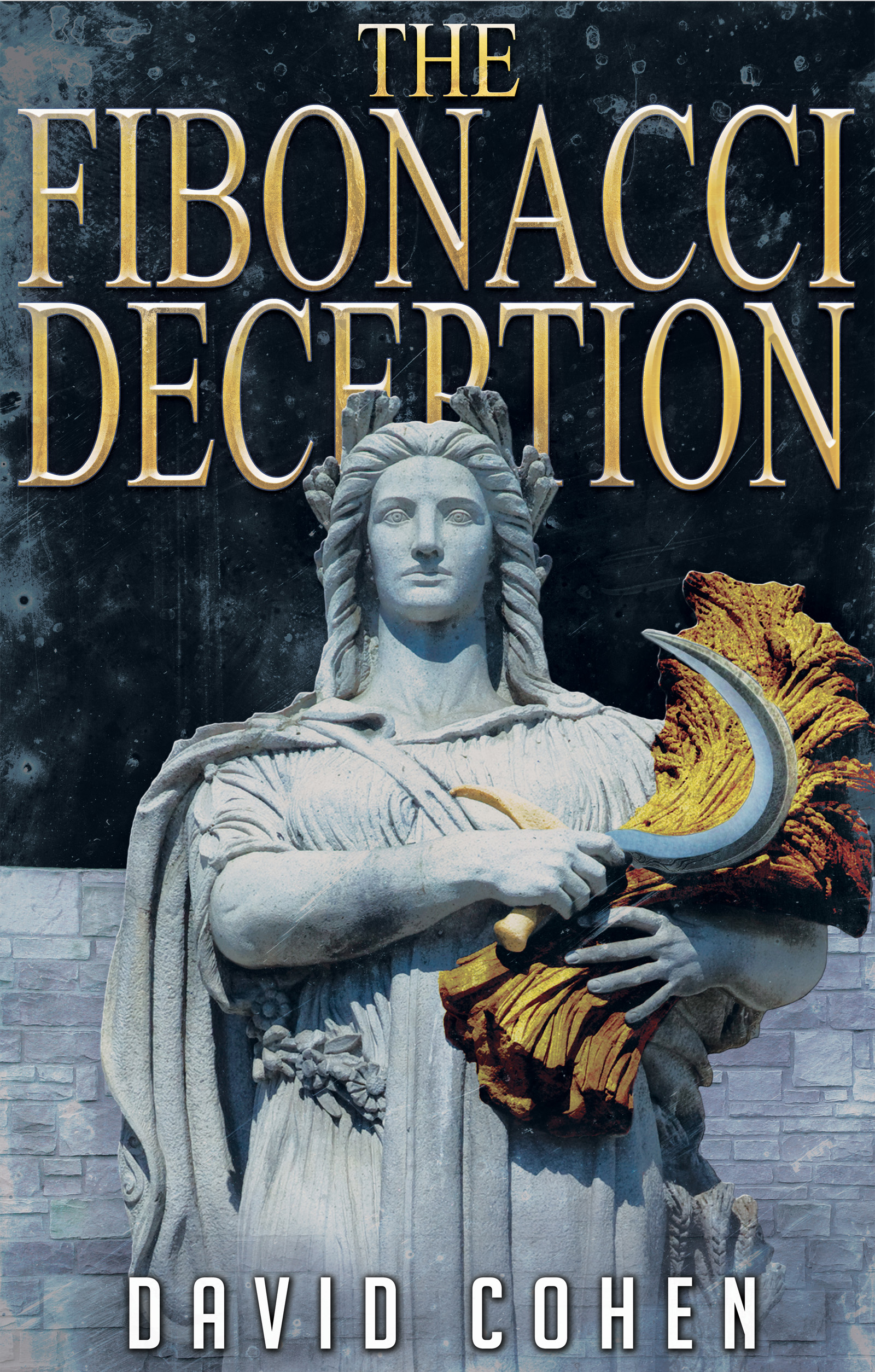
| Home | Author | Fibonacci | CBOT | Contact |
|---|
The Chicago Board of Trade is a forty-one-story building, ancient by this city's standards, at the end of LaSalle Street in Chicago's Loop. It went up during the Great Depression and has survived the destruction of much that originally stood on those streets in downtown Chicago. That makes it symbolic to me, a monument that survives and transcends the momentary fortunes of the people who work and trade there, those who approach the Exchange as though it were a deity--cold, remote, and arbitrary--that appears to promise wealth and the completion of their lives. At the pinnacle of the exchange, breasting the icy winds of a Chicago winter and the disappointment of a market reversal, stands a thirty-foot statue of Ceres, the goddess of grain. That's an iconographic touch that cannot be seen unless you're a few blocks away and willing to crane your neck at an uncomfortable angle. Some matters require perspective for a full view.
Chicago's Public Television station, WTTW, also has photos of Ceres by John H. Storrs, as well as pictures of the exchange and material on the design.
Chicago Architecture Info offers attractive pictures. It will confirm what you are thinking--the Board of Trade appeared frequently in the Batman movies.
Owen K. Gregory's article on "Commodity Markets" in the Encyclopedia of Chicago offers a brief history of the Chicago Board of Trade and the Mercantile Exchange; historically, the Board of Trade listed grains, the Merc products such as cattle and hogs. The article describes important institutions instrumental in Chicago's growth, as William Cronon points out in Nature's Metropolis.
Books and Movies about Futures Trading
Innumberabe novels are set in Chicago and several movies about the financial world have been produced in the last thirty years. My review of one of the best of those films, Margin Call, is available on my website. Movies or novels about futures markets are harder to find, which is one of the reasons I wrote The Fibonacci Deception.
A classic novel exploiting futures trading as a theme is The Pit, by Frank Norris. Published in 1903, the novel was the second work of a projected trilogy, The Epic of the Wheat. The Pit combines a popular plot involving courtship and marriage with a story of success and corruption in turn-of-the century Chicago. The markets also make an appearance in Saul Bellow's Seize the Day, playing a minor but important role in the story. Read essays and reviews by David H. Cohen on his website, The Editorial Note.